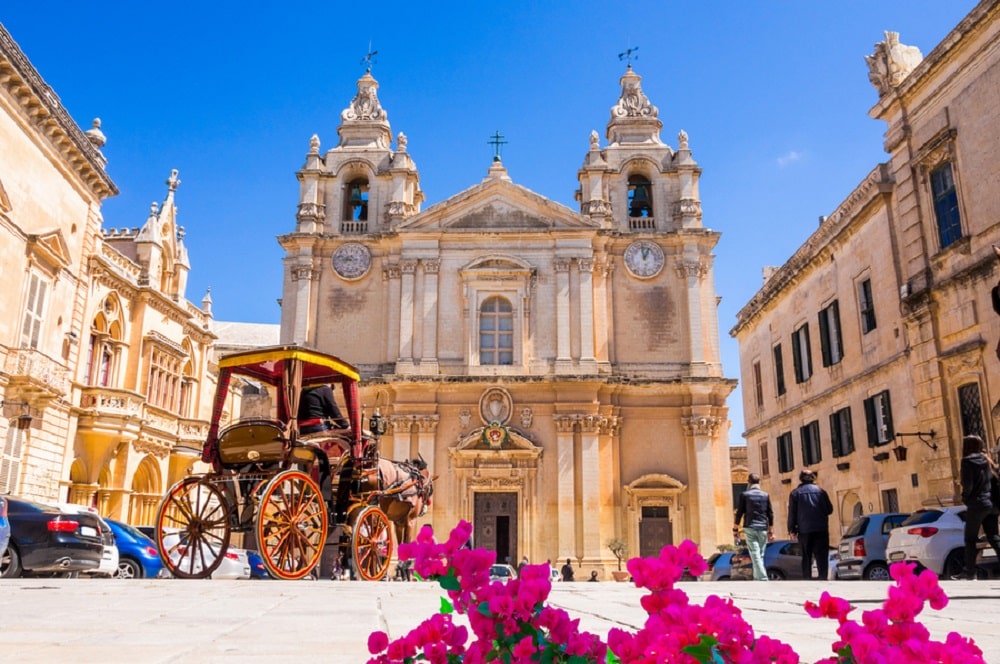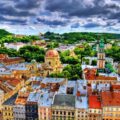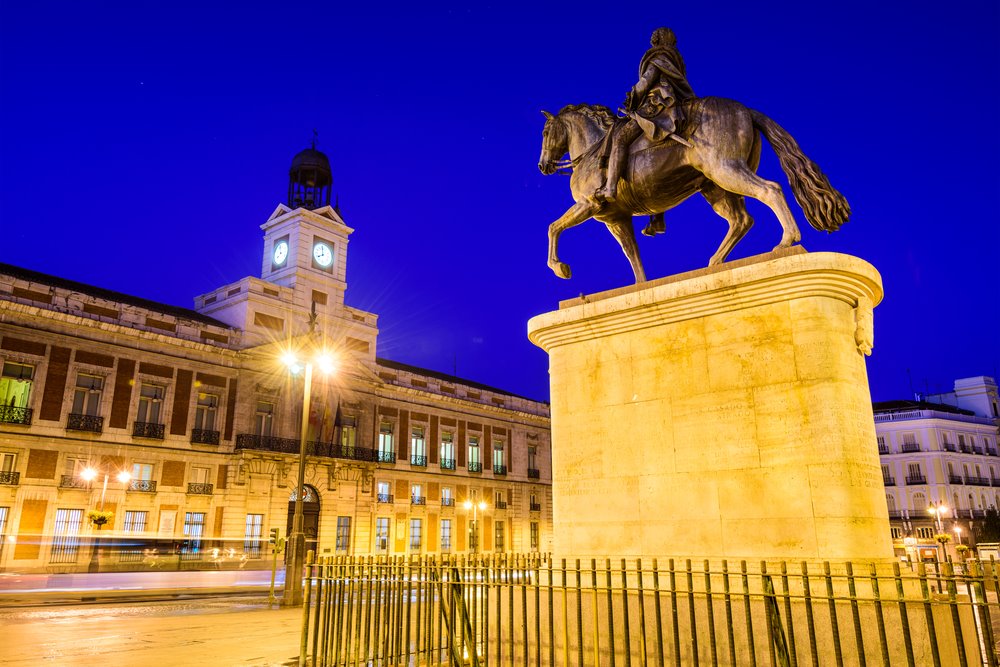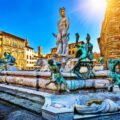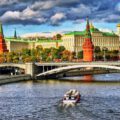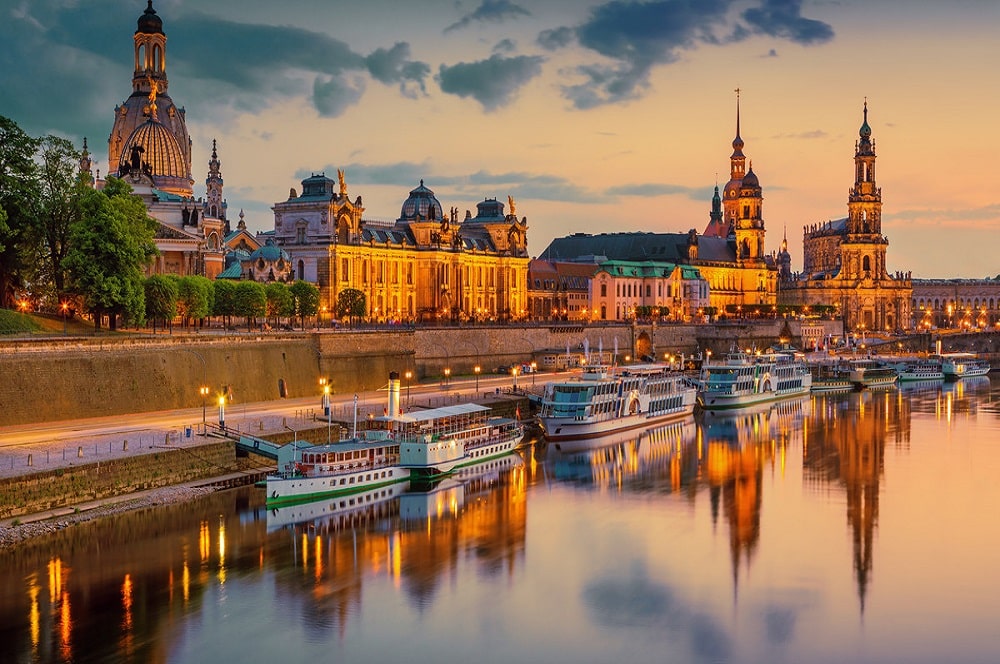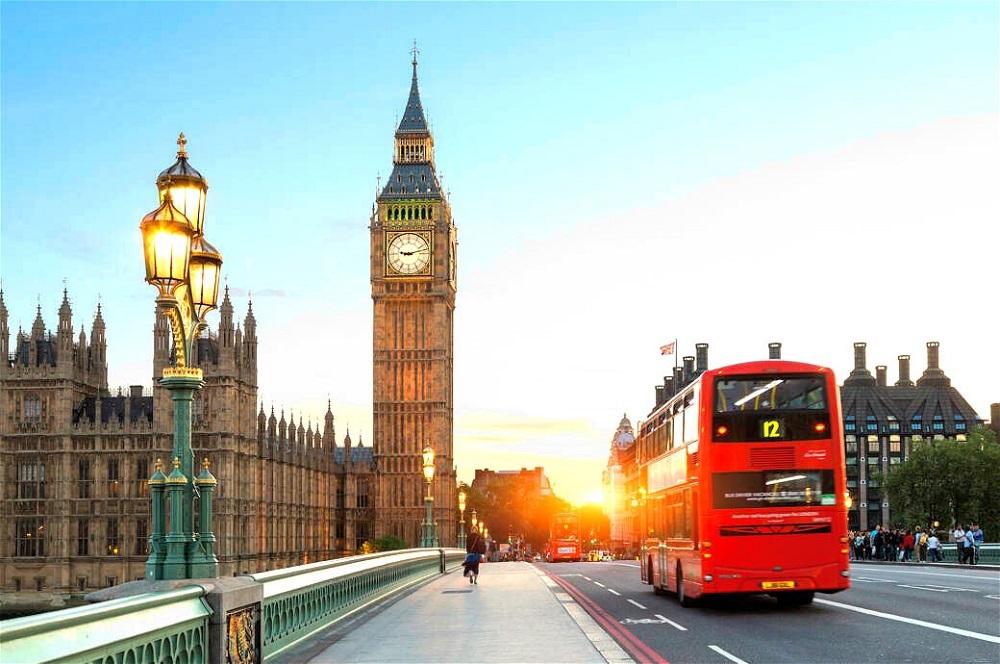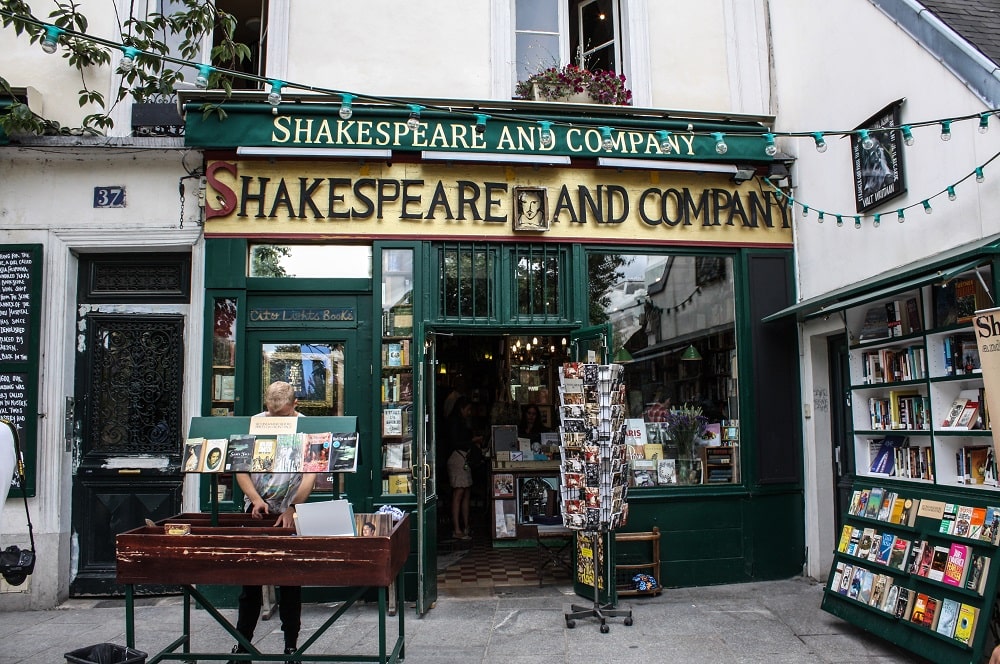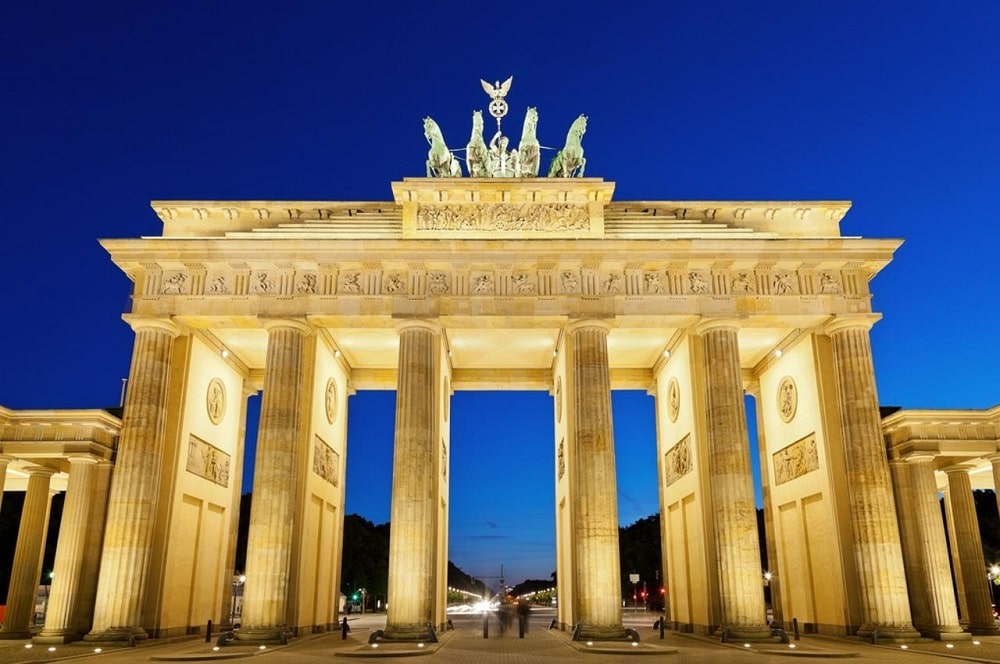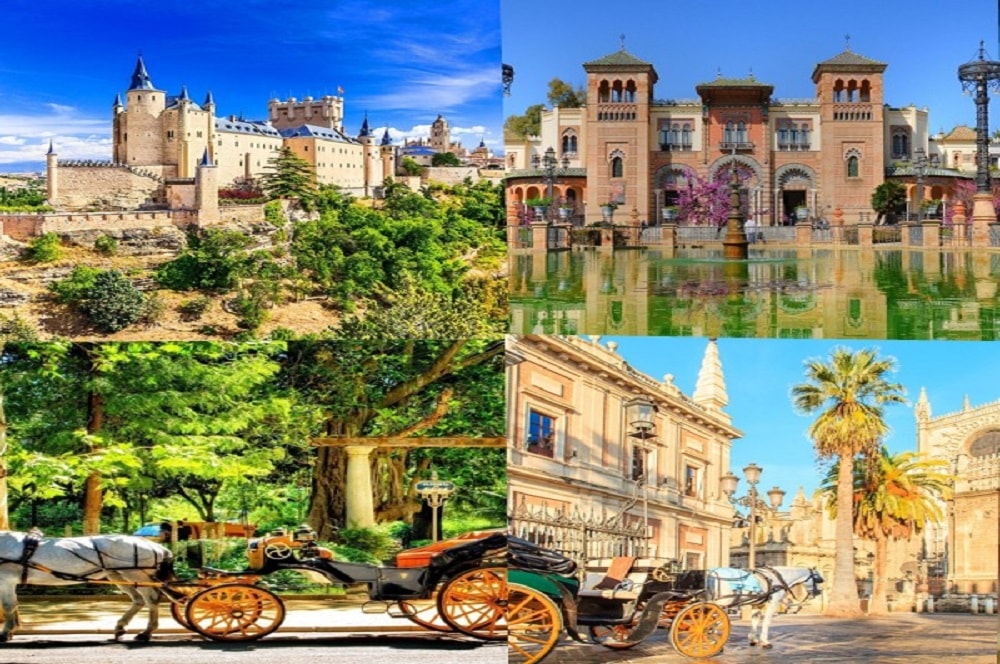
Seville, located in the south of Spain and the capital of the Andalusia region, is the fourth largest city in Spain and the most important Southern Spanish city in the cultural, political, economic, and artistic field. The city of Seville is famous worldwide for its culture, monuments, traditions, and artistic heritage.
There is a lot to discover in Seville, which fascinates tourists with its fascinating history of the Roman and Maghreb invasions, Seville’s unique architectural and gastronomic richness, and the flamenco culture of the region. That’s why we have brought together the activities that should be done in this beautiful and fascinating Spanish city, the unique dishes to be tasted, and many more.
*** You may be interested in; Spain’s Historic City Seville Travel Guide
General Information About Seville
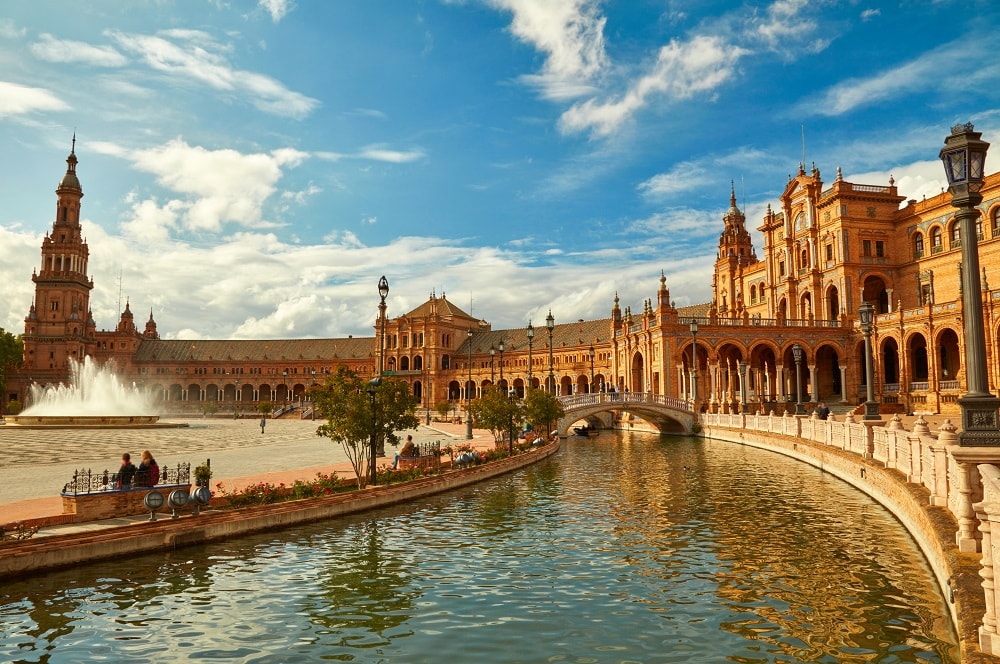
Seville is divided into two by the Guadalquivir river, which connects to the Atlantic Ocean and is the 4th largest city in Spain. You can reach Portugal in 2 hours by car from Sevilla, which has a population of more than 700 thousand. Granada and Malaga are also a short distance away. Seville is traditionally an agricultural region and a major producer of citrus and olives due to its climate with more than 300 sunny days a year.
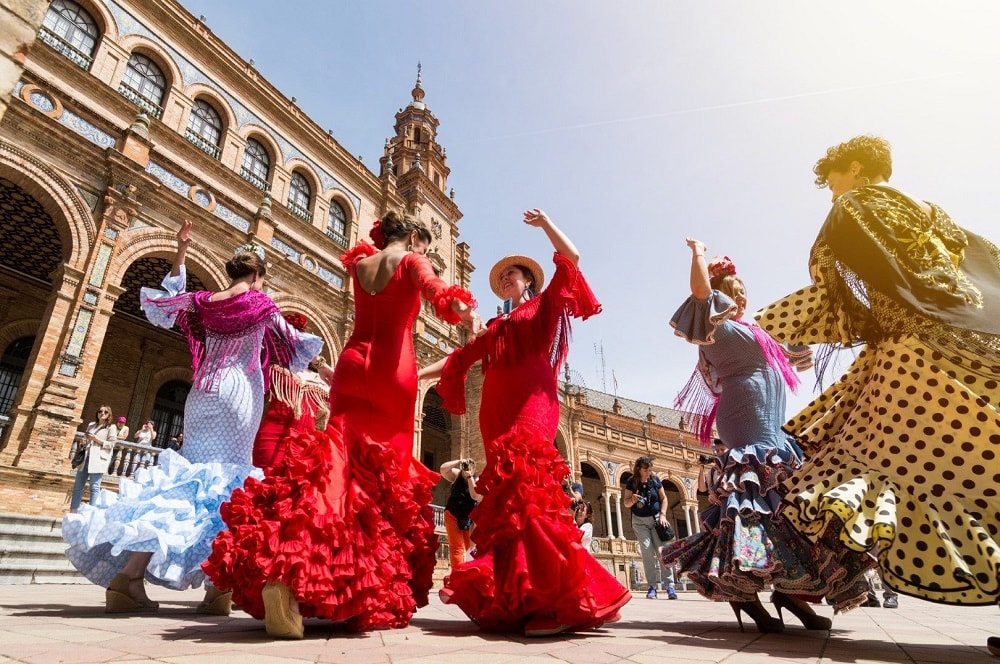
Seville, the 30th most populous city in the European Union, was established as a Roman city. Known as “Ishbiliyya” after the Muslim conquest in 712, Sevilla was ruled by the Muslim Almoravids and Almohads until it was incorporated into the Christian Kingdom of Castile under the leadership of Ferdinand III in 1248.
Click to continue …
1. Spanish Square (Plaza de España)
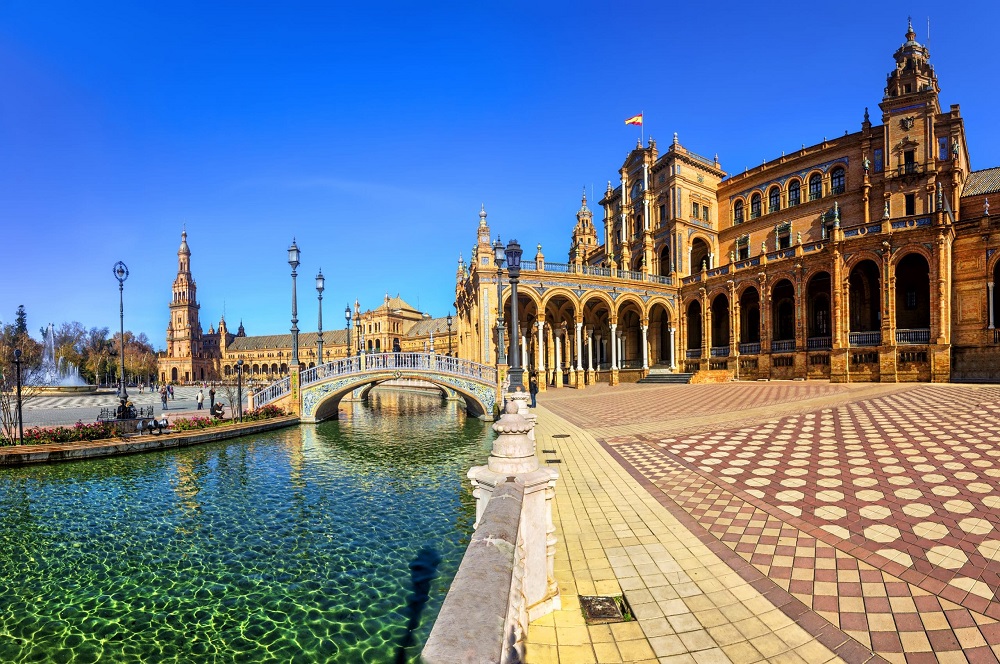
Plaza de España, Spain Square, located in the María Luisa Park, was designed by architect Aníbal González in 1929 as a symbolic site for the Ibero-American Expo. The square, which stands out as one of the most imposing architectural structures in Spain, has a total area of 50 thousand square meters. Spain Square offers a unique combination of Spanish, Moro, and Renaissance architecture.
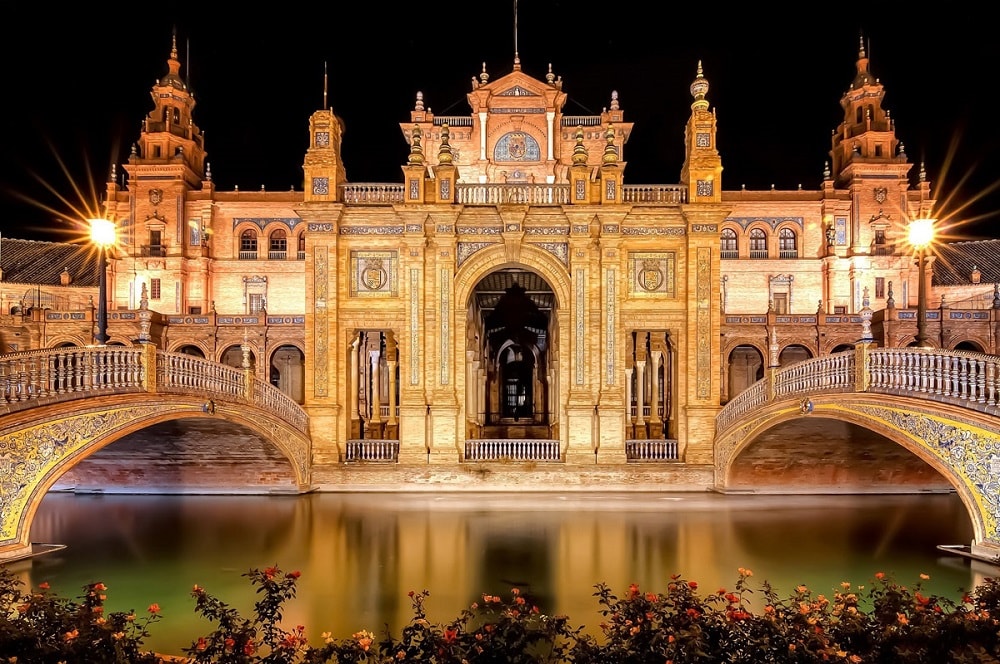
The shape of the square is a semi-circle surrounded by a series of buildings that are mostly used as government institutions today. There are two tall towers on the sides of the square. The benches and the frescoes used from one end of the square to the other represent the 52 states of Spain. Along the entire perimeter of the square, there is a 515-meter long canal through which you can travel by boat.
*** You may be interested in; World’s 10 Most Famous Shopping Streets
2. Alcazar Palace
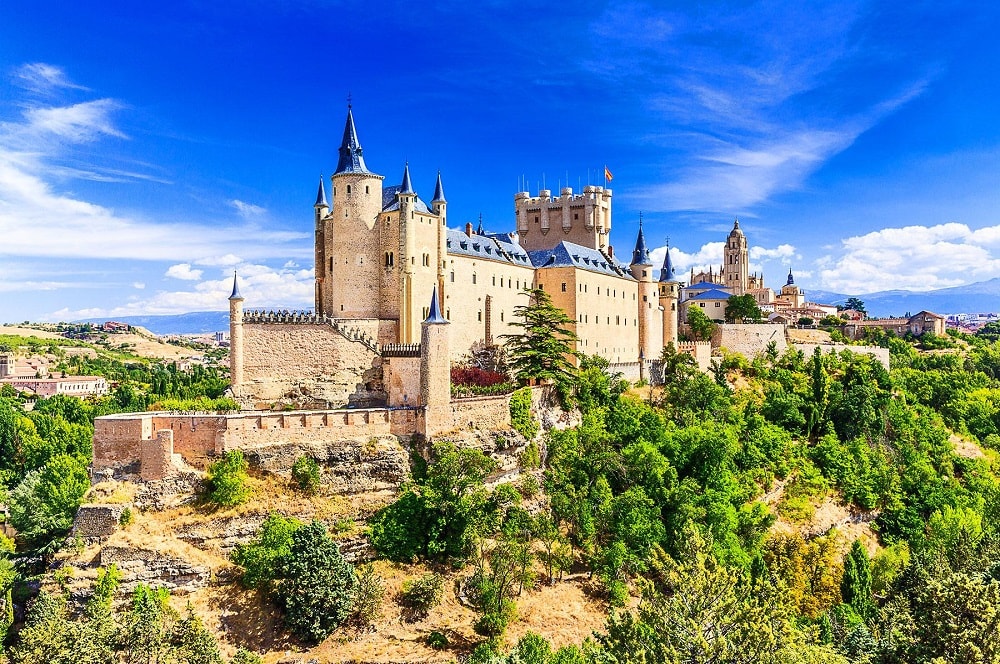
Alcazar Palace built by the Moros in the 10th century is a good example of Müdeccen architecture. Captured and renovated by Pedro I in the 14th century, the palace hosted the Arab and Christian rulers of Andalusia.
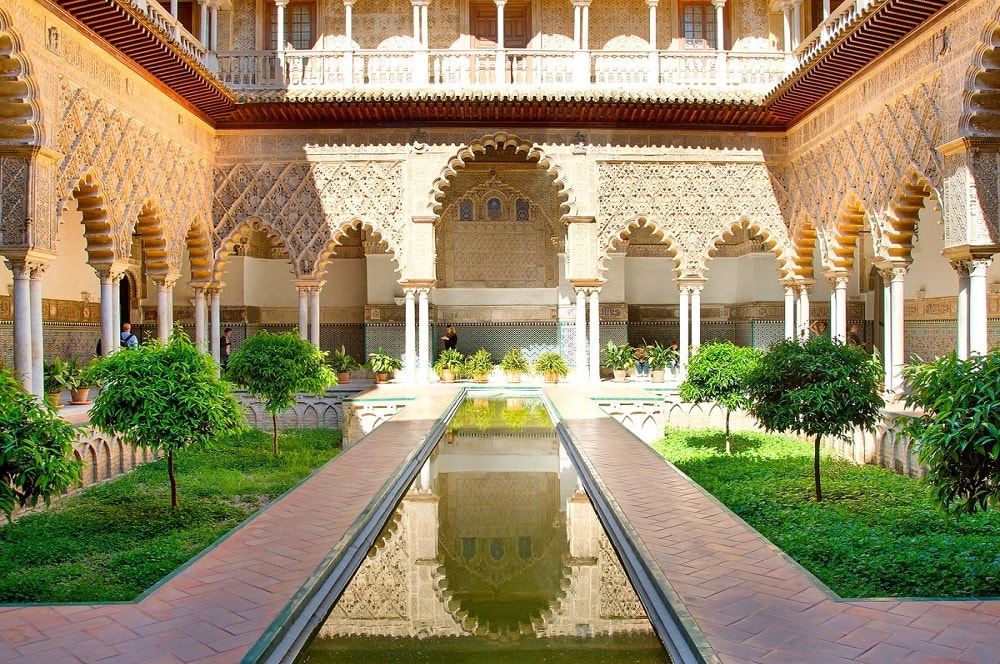
With its numerous rooms, extravagant architecture, luxurious Gardens with many courtyards, ponds, and secrets to discover, it is a fascinating place to visit. As one of the venues where the Game of Thrones series was shot today, the Alcazar Palace is flooded with visitors. Tourists visiting the palace should not neglect to see the room where Christopher Columbus’s journey to America was planned.
*** You may be interested in; The 15 Most Beautiful Palaces in the World
3. Seville Cathedral and the Giralda Bell Tower
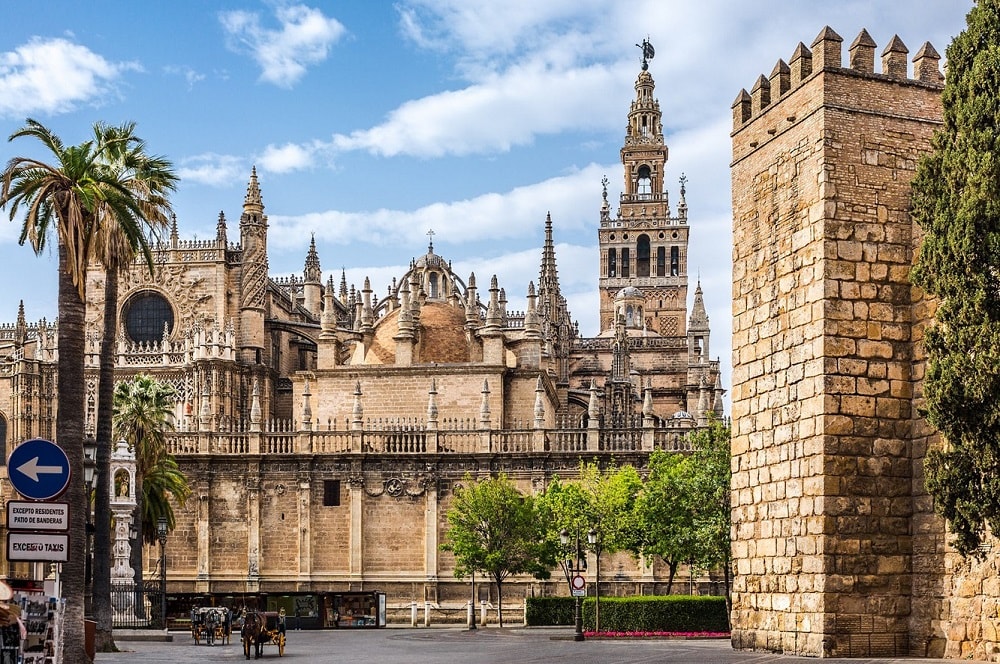
Seville Cathedral, which was defined as the third largest cathedral in the world after Saint Peter in Rome and Saint Paul in London, is considered to be the world’s largest gothic cathedral in terms of volume today. This enormous cathedral, which everyone who visits Seville should see, stands where the Almohad Mosque used to be.
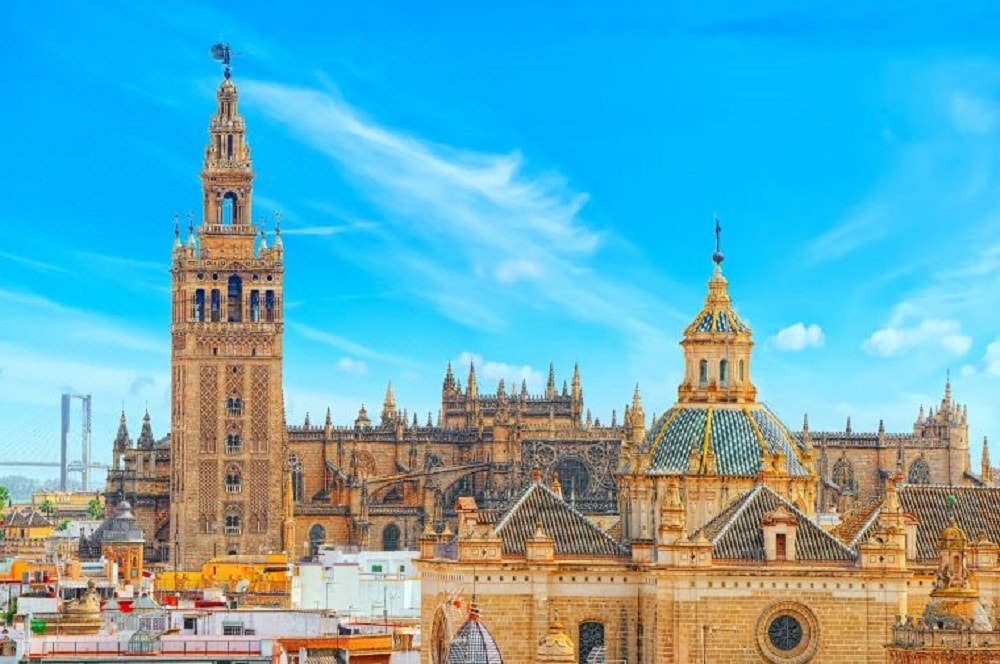
Inside the cathedral are as rich as any of Spain’s great churches, as well as valuable art and historical artifacts. Inside the south gate of the cathedral is the tomb of the greatest sailor of Seville, Christopher Columbus. Located next to the cathedral, the Giralda Bell Tower was formerly designed for the mosque in place of the cathedral but is now the cathedral’s magnificent Bell Tower and symbol of Seville.
*** You may be interested in; 15 Most Beautiful Streets in the World
4. The Golden Tower (Torre del Oro)
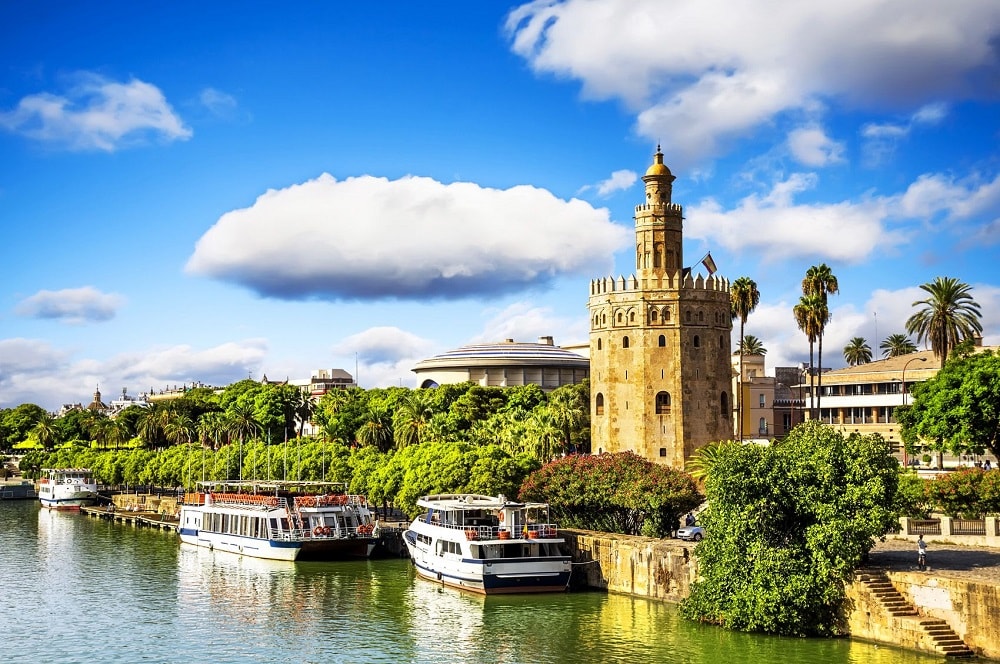
The Torre del Oro, or Golden Tower, is a 13th-century tower built by the Muslim Muwahhid Dynasty. Used as a prison after the occupation of Catholic Christians, the tower is now home to the local maritime museum. The Golden Tower consists of two open floors and a panoramic terrace.
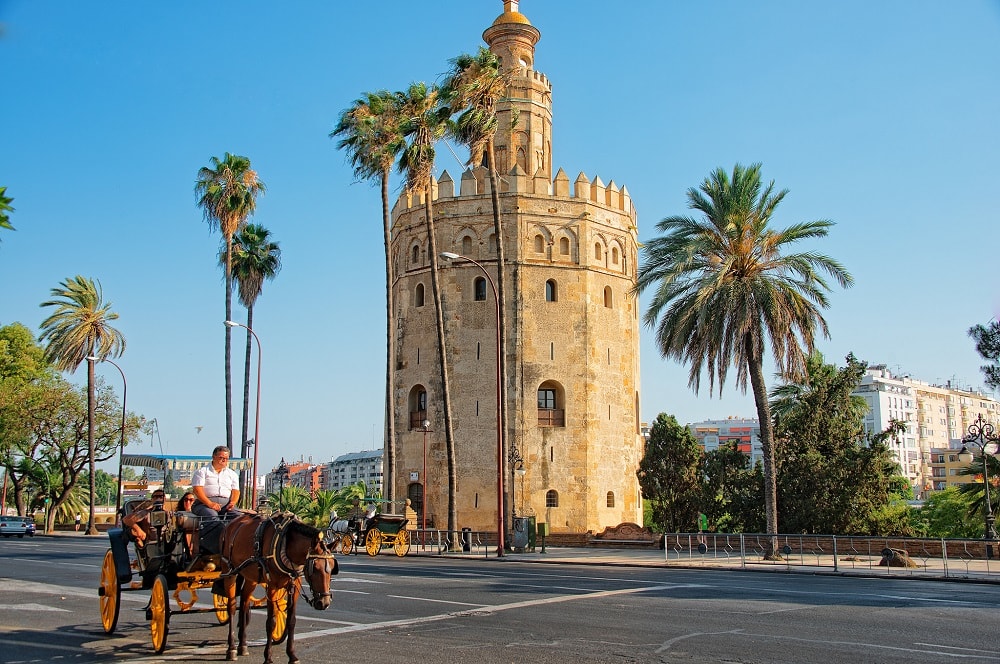
The history of the tower is told on the ground floor of the exhibition. The second floor features an exhibition focused on different periods of maps, graphics, and marine instruments. You can see the magnificent view of Seville and the river from the panoramic terrace.
*** You may be interested in; The 15 Most Famous Towers in the World
5. Basílica de la Macarena
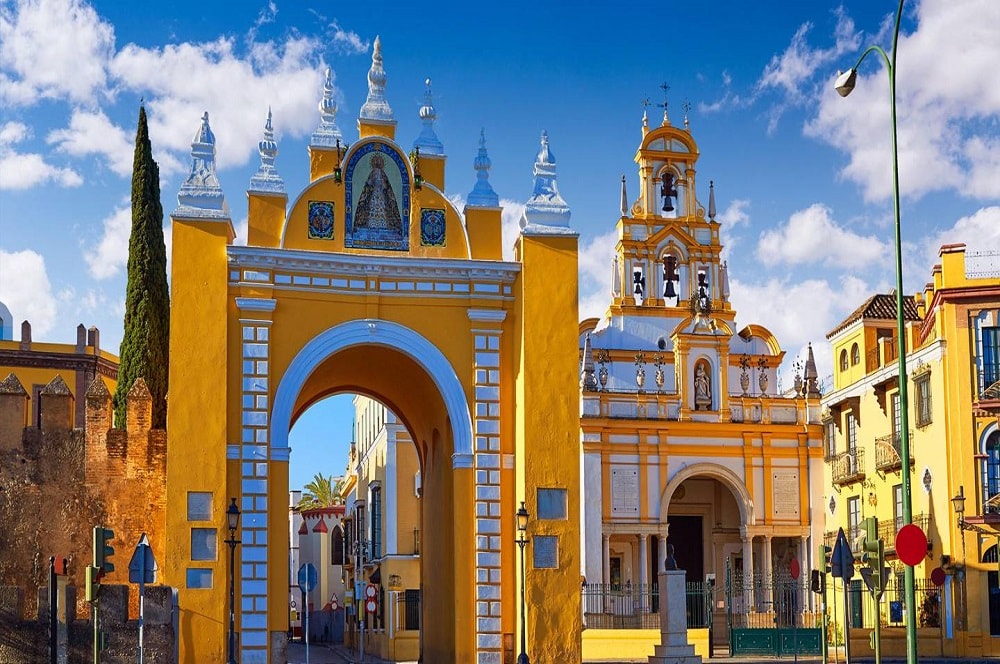
Located in the neighborhood of La Macarena, the Basilica is home to the statue of Virgen de la Esperanza, Andalusia’s most popular religious image. The star of the Semana Santa (Holy Week) celebrations in the city
, this magnificent statue is adorned with a gold crown and five flower-shaped diamond and emerald brooches, donated by the famous Matador Joselito El Gallo in 1912.
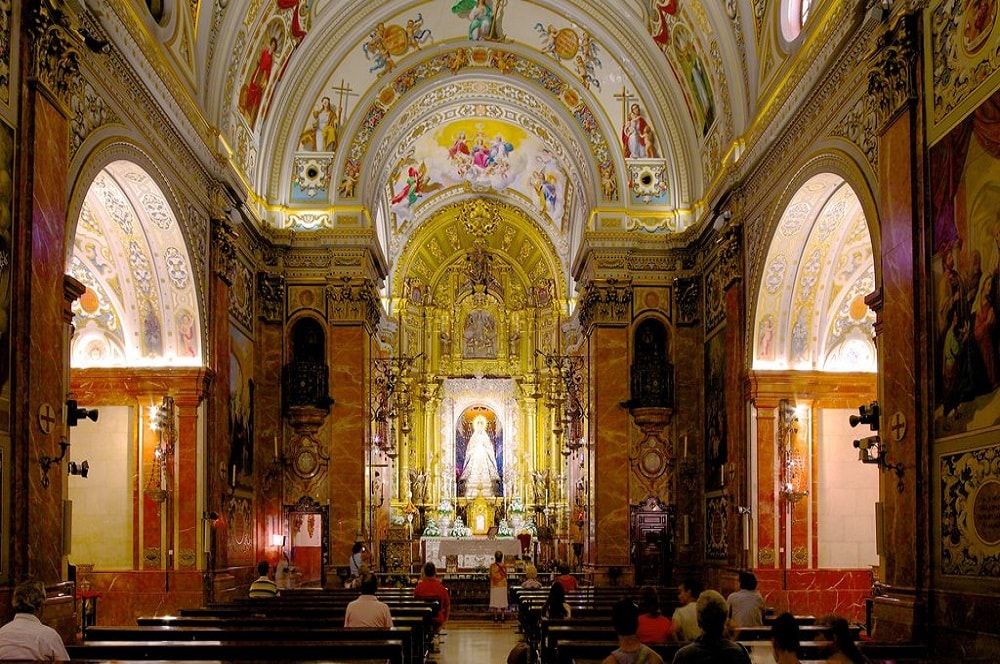
The Macarena Basilica, whose history dates back to the 17th century, was built in the Neo-Baroque style in the 20th century. Next to the church are the remains of the Arab wall that once surrounded the city.
*** You may be interested in; Top 15 Most Beautiful Theaters in the World
6. Santa Cruz Quarter
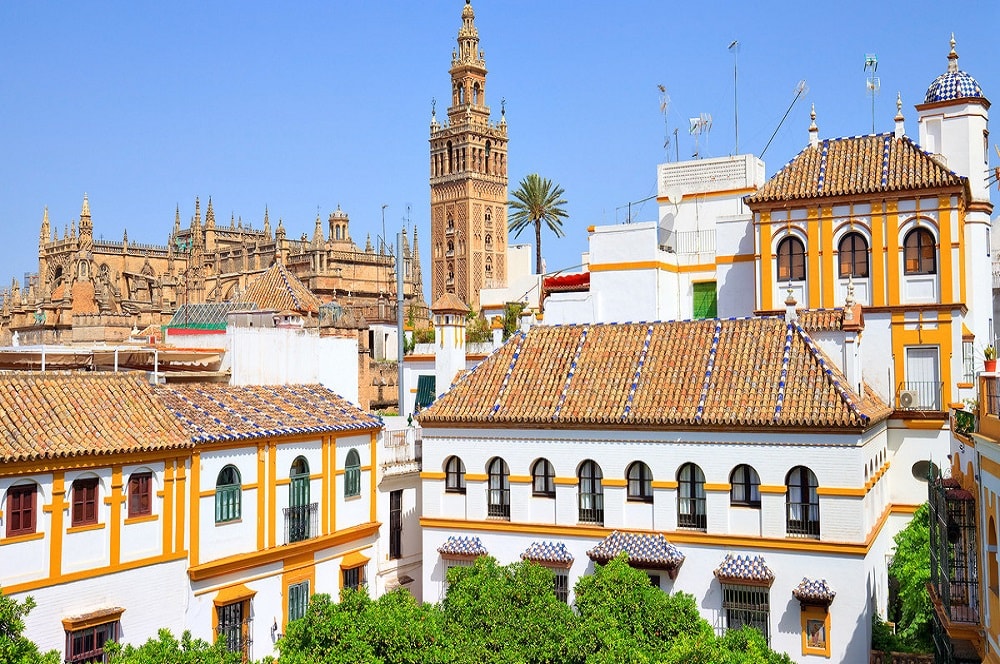
Santa Cruz is the main tourist quarter of the Spanish city of Seville and the old Jewish quarter of the medieval city. The neighborhood is home to many of Seville’s oldest churches and is home to Seville Cathedral, including the converted minaret of the former Moorish Mosque Giralda.
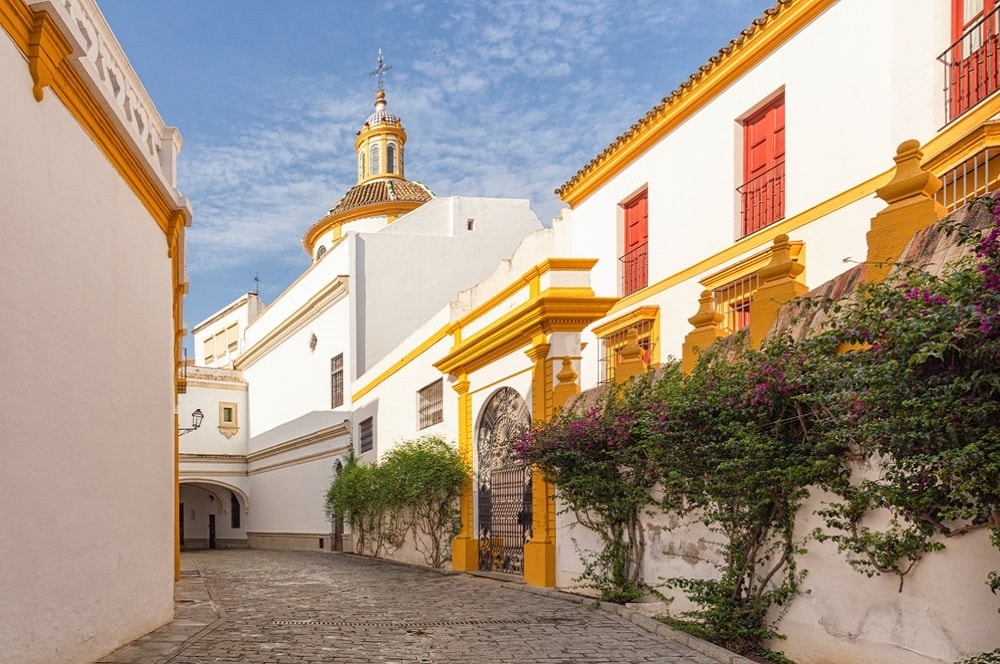
With its small winding streets, it is often considered the most charming part of the city, but it is also very crowded as it is a highly touristy area.III. When Ferdinand conquered the city, he forced the Jewish population of the city to move to this neighborhood. In the 18th century, the neighborhood went through an important process of urban renewal, including the conversion of an old synagogue into the current St. Bartholomew’s Church.
*** You may be interested in; The 10 Best Romantic Hotels in Paris
7. Seville Museum of Fine Arts
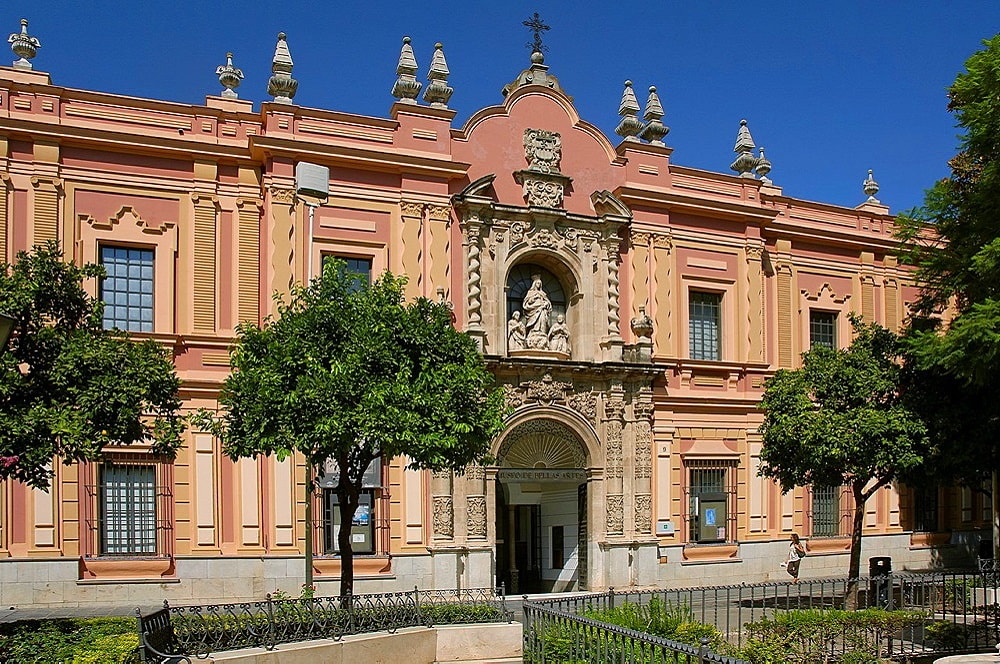
There are many very rich museums in Seville. The Seville Museum of Fine Arts collection has come together throughout its history, mainly thanks to sold religious items, private donations, and public purchases. It has a number of rooms where you can see magnificent works by artists such as El Greco, Pacheco, Velázquez, and Alonso Cano.
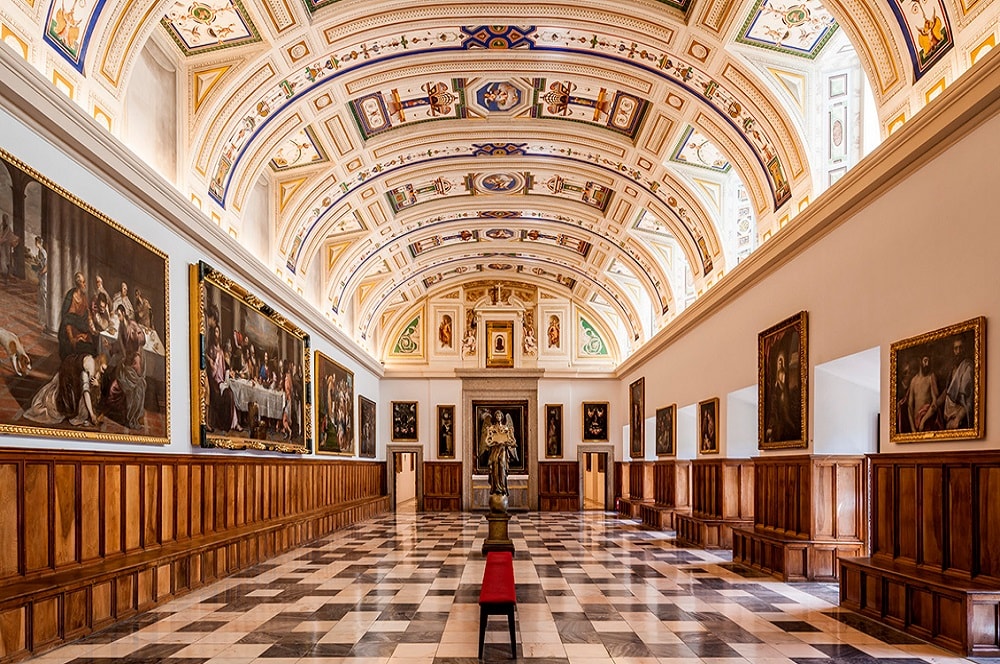
Museo de Bellas Artes is considered the second most important fine arts museum in Spain after the Prado Museum in Madrid. The museum building is an old convent renovated in the 17th century, and 15 exhibition halls present comprehensive artworks of Seville art from the Gothic period to the early 20th century.
*** You may be interested in; The 8 Most Important Art Museums in Europe
8. Palace of the Countess of Lebrija
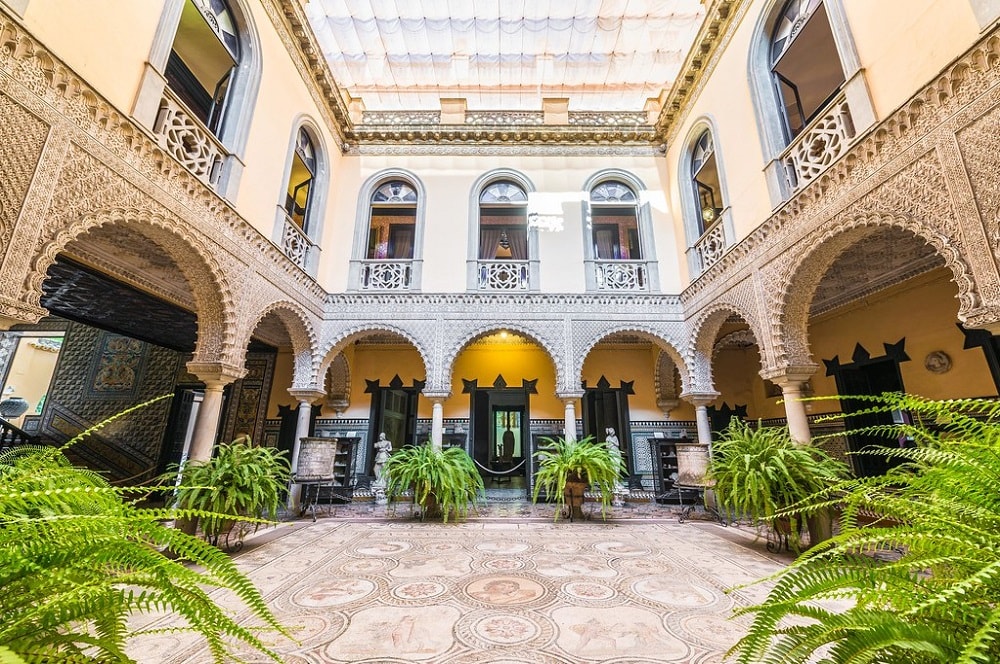
Lebrija Palace or Palacio de la Condesa de Lebrija is a house museum located in the center of the Spanish city of Seville.The palace is considered to be the “best-furnished house palace in Europe” due to the collection of Roman mosaics covering almost the entire ground floor. There is also a collection of magnificent vases, amphora, columns, and invaluable sculptures.
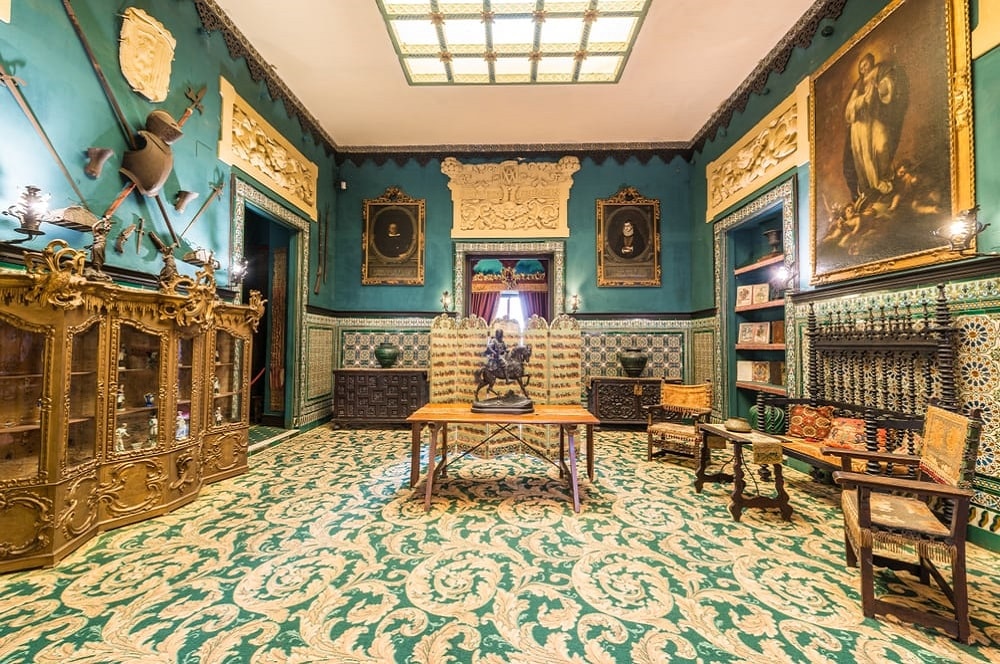
On the upper floor, there are sections where Countesses lived in the past, which was open to visitors until a few years ago. Today, the Museo Palacio de la Condesa de Lebrija is full of porcelain and glass collections, as well as ornaments and furniture from all over the world and priceless artworks from Van Dyke, Bruegel, Alonso Cano.
*** You may be interested in; The 10 Most Beautiful Honeymoon Places in the World
9. Maria Luisa Park
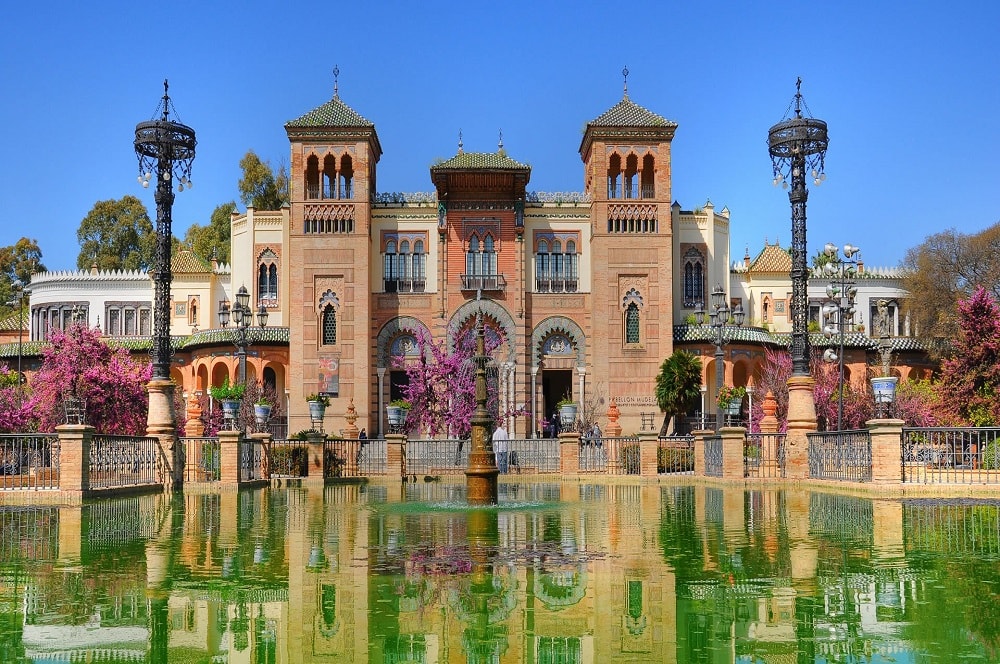
Parque de María Luisa is a public park that runs along the Guadalquivir River in Seville, Spain. It is the main green area of Seville.Most of the land used for the park used to be the gardens of the San Telmo Palace. It was donated to the city of Seville in 1893 by Infanta Luisa Fernanda, the Duchess of Montpensier, for use as a public park.
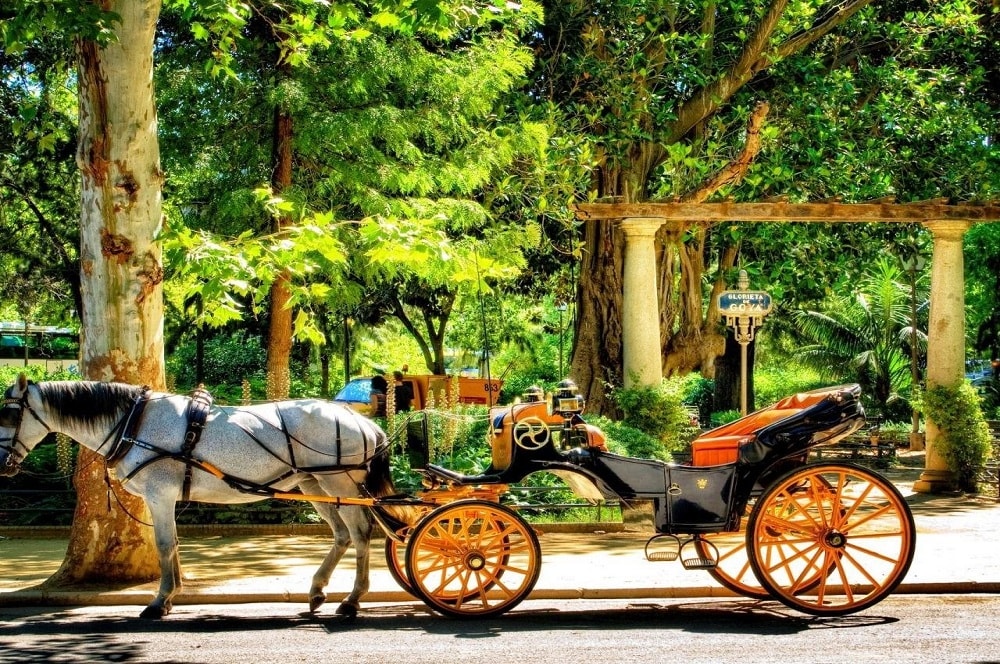
From 1911, Jean-Claude Nicolas Forestier reorganized the Gardens into their current form. In 1914, architect Aníbal Gonzalez started construction for the 1929 Ibero-American Exhibition, which was held partially inside the park. Built for the 1929 Iber-Americano World Fair, Maria Luisa Park is now landscaped with magnificent monuments and museums.
*** You may be interested in; The 18 Most Beautiful Gardens in the World
10. Pilutus House (Casa de Pilatos)
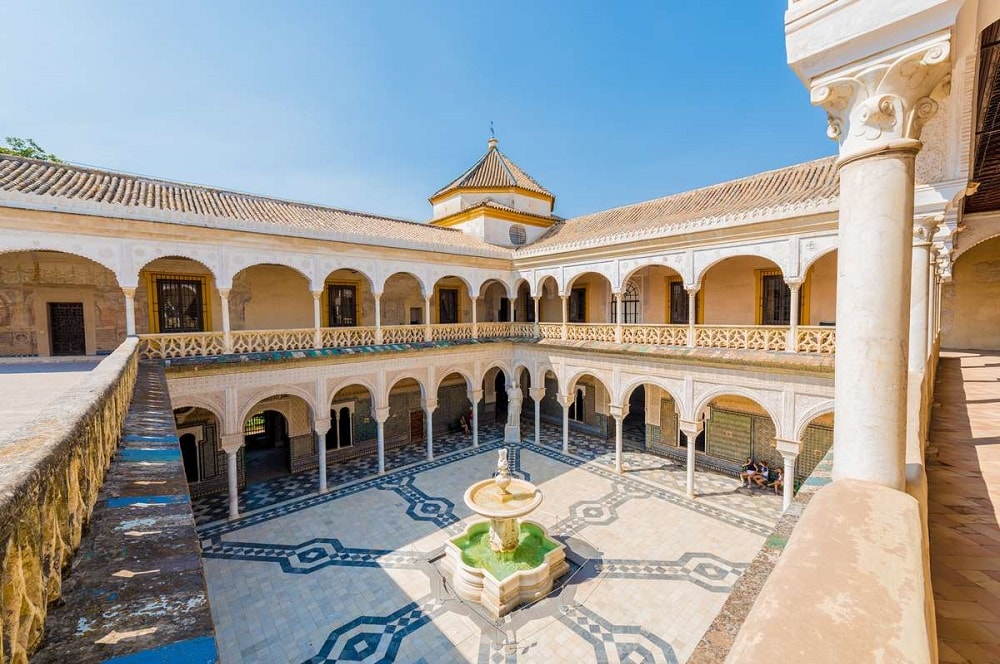
La Casa de Pilatos is an Andalusian palace in Seville, Spain, that serves as the permanent residence of the Dukes of Medinaceli. La Casa de Pilatos is an example of an Italian Renaissance building decorated with the influence of Müdeccen architecture.
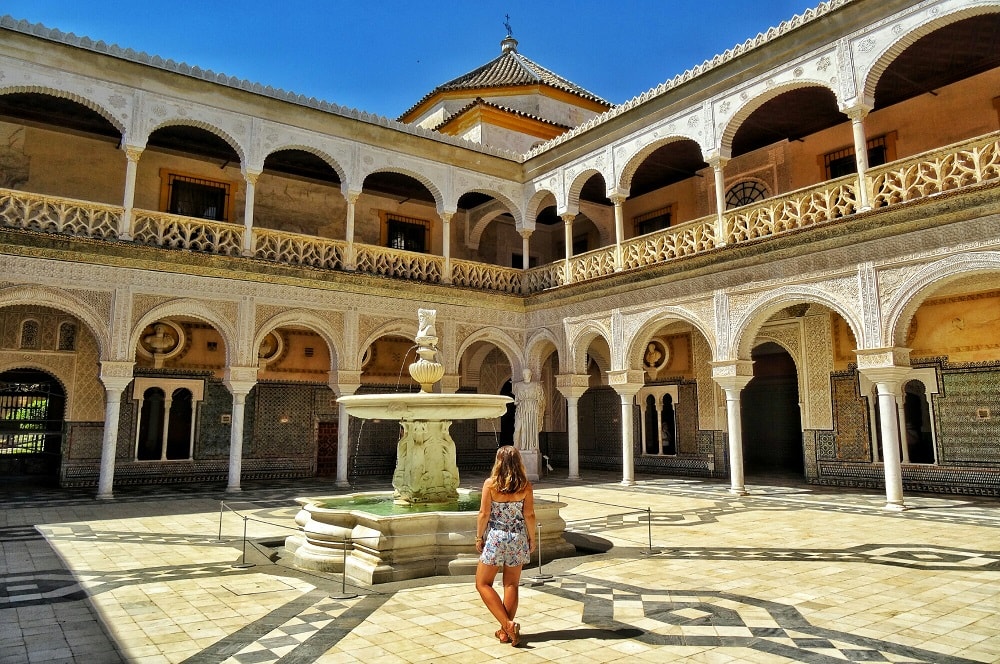
The building is regarded as an example of the Andalusian Palace. It was built between the 15th and 16th centuries and is one of Seville’s largest private residences. Located in the historic center, the Gothic Mudeccen style, combined with Renaissance innovations, is one of the most important features of the palace.
